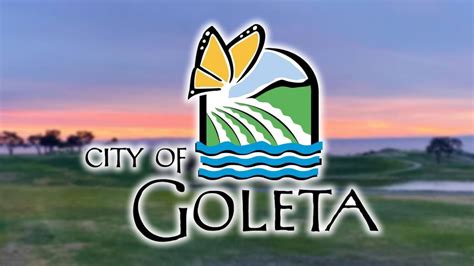In the event of an emergency, every second counts, and having a well-coordinated response plan in place can be the difference between life and death. The Santa Barbara Fire Department, with its rich history of serving the community, has developed a comprehensive guide to emergency response, tailored to the unique needs of the region. This guide is designed to provide residents, visitors, and emergency responders with the critical information needed to respond effectively in emergency situations.
Understanding Emergency Response
Emergency response involves a complex interplay of preparedness, communication, and action. It requires not only the immediate response of emergency services like fire departments, but also the proactive engagement of the community. Understanding the basics of emergency response, including how to identify emergencies, how to communicate effectively with emergency services, and how to take initial response actions, is crucial for everyone.
Santa Barbara’s Emergency Landscape
Santa Barbara, with its coastal location, mountainous terrain, and Mediterranean climate, presents a unique set of emergency challenges. From wildfires that can sweep through the dry underbrush, to earthquakes that can shake the very foundations of buildings, the city is vulnerable to a range of natural disasters. Additionally, its beauty and popularity as a tourist destination mean that the city must also contend with the challenges of responding to emergencies in densely populated areas, often with visitors who may be unfamiliar with the region.
The Role of the Santa Barbara Fire Department
At the heart of Santa Barbara’s emergency response efforts is the Santa Barbara Fire Department. With a long history of bravery, professionalism, and community service, the department is equipped to handle a wide range of emergencies, from structure fires and wildfires to medical emergencies and rescues. The department’s approach to emergency response is built on a foundation of training, technology, and community engagement, ensuring that it is always ready to respond at a moment’s notice.
Preparing for Emergencies: A Community Effort
Preparedness is key to effective emergency response. The Santa Barbara Fire Department encourages all members of the community to take proactive steps to prepare for emergencies. This includes having emergency supplies on hand, such as flashlights, batteries, and first aid kits, as well as having a family emergency plan in place. Regular drills and practices can help ensure that everyone knows what to do in case of an emergency, reducing panic and ensuring a more effective response.
Emergency Communication: The 911 System
In the event of an emergency, the first step is often to call for help. The 911 system provides a direct link to emergency services, allowing individuals to quickly and easily report emergencies and receive assistance. When calling 911, it is essential to remain calm, provide clear and concise information about the location and nature of the emergency, and follow any instructions given by the dispatcher. The Santa Barbara Fire Department works closely with the 911 system to ensure that emergency calls are responded to quickly and effectively.
Response Actions: What to Do in an Emergency
Knowing what actions to take in the initial moments of an emergency can significantly impact the outcome. For fires, this may involve evacuating the area immediately and calling 911. For earthquakes, it may involve dropping to the ground, taking cover under a sturdy piece of furniture, and holding onto it to prevent being knocked over or pulled away. For medical emergencies, it may involve calling 911 and beginning CPR if the person is unresponsive. The Santa Barbara Fire Department provides regular training and education on these and other emergency response actions, empowering the community to act with confidence and effectiveness.
FAQs
What is the best way to prepare for a wildfire in Santa Barbara?
+Preparing for a wildfire involves creating a defensible space around your home by clearing flammable vegetation, having an emergency evacuation plan in place, and staying informed about fire danger in your area. Regularly check your home's fire risk and take steps to reduce it, and consider installing fire-resistant roofing and siding.
How do I know if I should evacuate during an emergency?
+Always follow the instructions of local authorities. If you are ordered to evacuate, do so immediately. Even if you are not ordered to evacuate, if you feel unsafe, trust your instincts and leave the area. Remember, your safety is the priority, and it's always better to err on the side of caution.
What should I do if I am trapped in a building during an earthquake?
+If you are trapped, try to remain calm and call for help if possible. If you have a phone with you, call 911 or your local emergency number. If you cannot escape, try to move to an inner room or hallway on the lowest floor, away from windows and exterior walls. Stay away from any heavy objects that could fall and cause injury.
Conclusion
Emergency response is a collective effort that requires the active engagement of the entire community. By understanding the unique emergency challenges faced by Santa Barbara, preparing for emergencies, knowing how to communicate effectively, and taking the right actions in response to emergencies, we can all play a role in keeping our community safe. The Santa Barbara Fire Department stands ready to respond to emergencies, but it is through our combined efforts that we can truly build a resilient and safe community for all.



